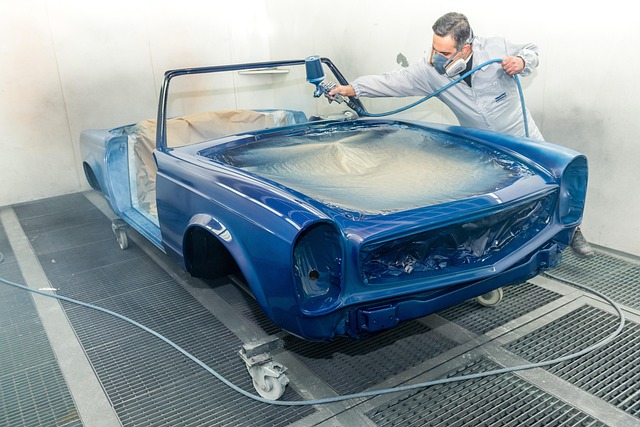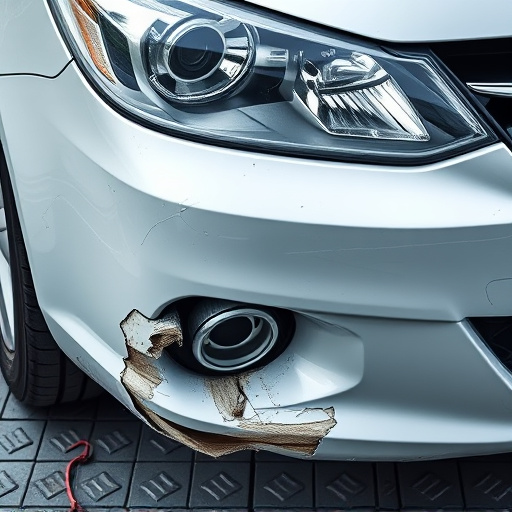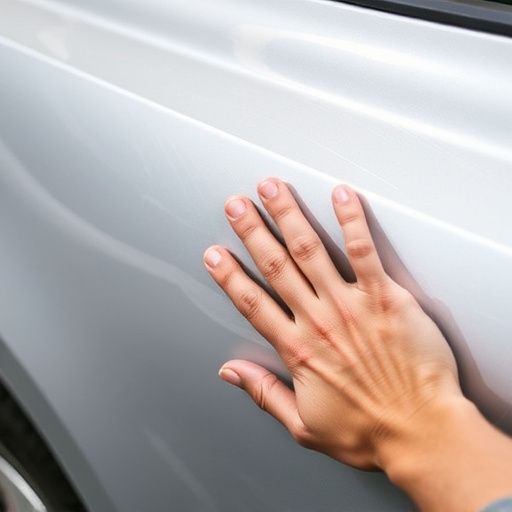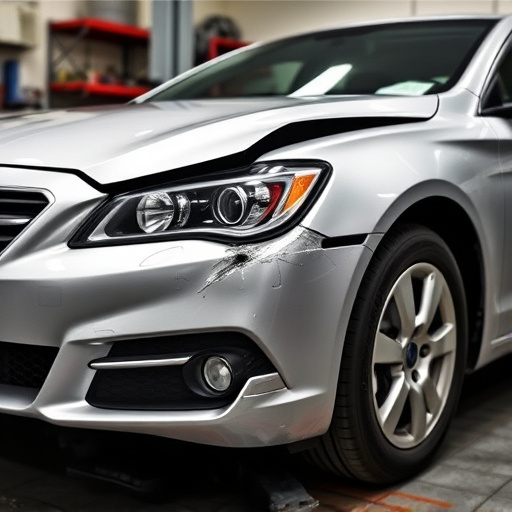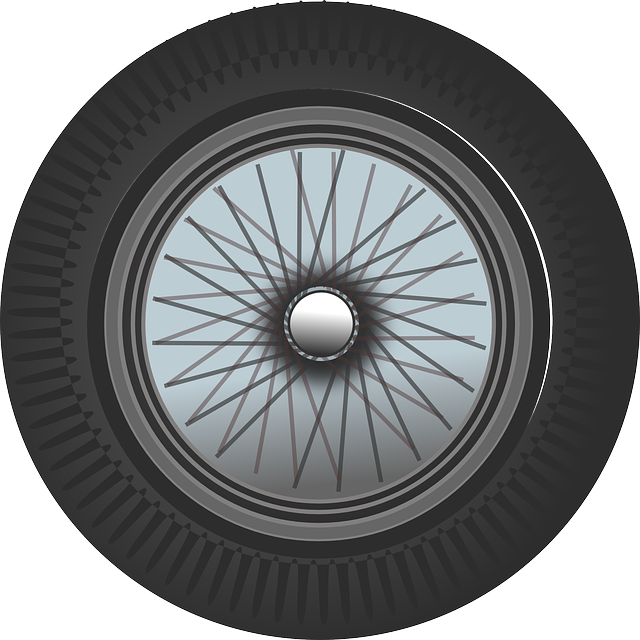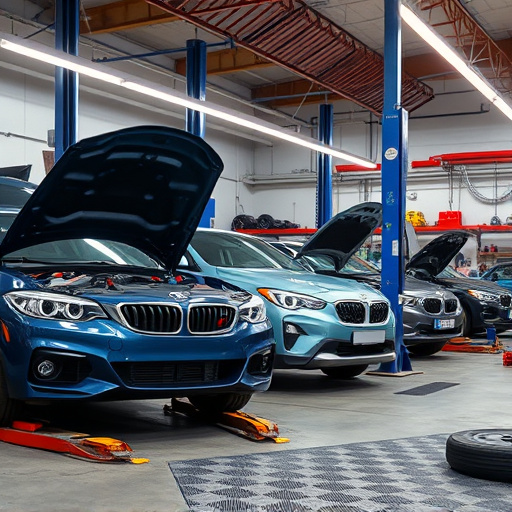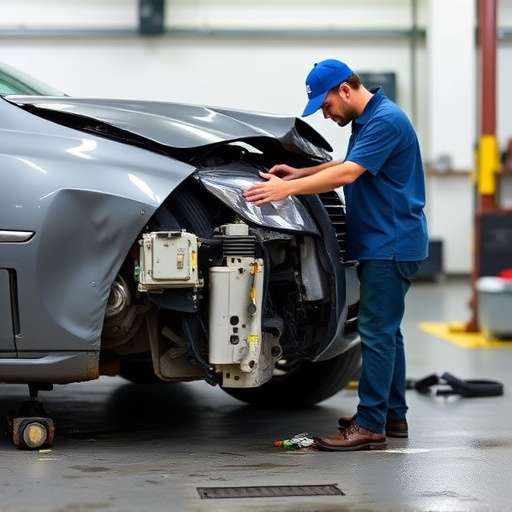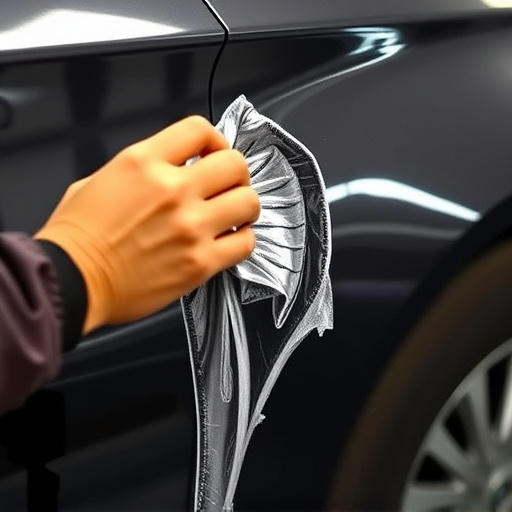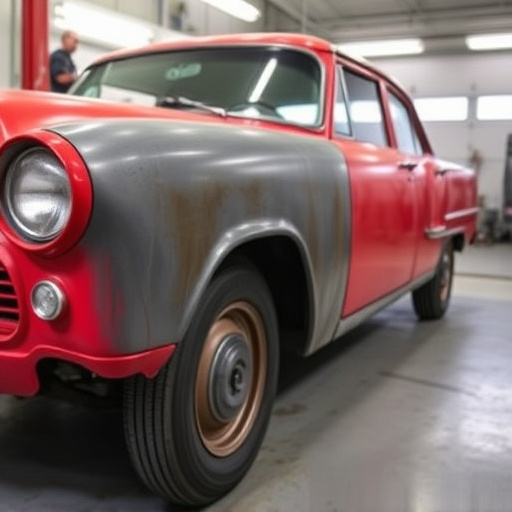Induction heating repair, a specialized technique using electromagnetic energy for precise metal tempering or melting, is ideal for vehicle repair and restoration. The process involves identifying faulty parts, preparing them, and placing them in an induction coil with alternating current. This method ensures targeted heating while minimizing damage to surrounding areas. Best practices include thorough inspection, adherence to safety guidelines (ventilation, cleaning, degreasing), following manufacturer instructions, patience, and careful handling of heat sources to avoid melting or warping for high-quality results in auto detailing, restoration, and collision repair services.
Looking to master the art of induction heating repair in your shop? This comprehensive guide is your key. Induction heating, a versatile technology for metalworking, demands precise repair for optimal performance. From understanding the fundamentals to following a detailed step-by-step process and exploring best practices, we empower you with the knowledge needed to successfully diagnose and fix common induction heating issues. Elevate your shop’s capabilities with effective induction heating repair today!
- Understanding Induction Heating Repair: The Basics
- Step-by-Step Guide to Induction Heating Repair
- Best Practices and Common Pitfalls to Avoid During Repair
Understanding Induction Heating Repair: The Basics
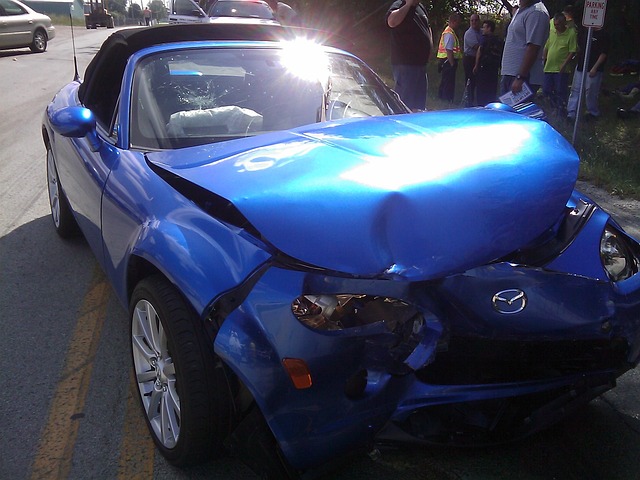
Induction heating repair is a specialized technique that has gained significance in various industries, particularly in vehicle restoration and car repair. This process involves using electromagnetic energy to generate heat within metallic components, allowing for precise and controlled tempering or melting. By inducing current in conductive materials like steel, the energy creates a magnetic field that heats up the metal, making it malleable or suitable for specific treatments.
Understanding this fundamental principle is crucial when tackling induction heating repair. The process begins with identifying the faulty component—be it a car’s engine block, transmission housing, or any other metallic part in need of restoration. Once located, the area is prepared and positioned within an induction coil, which delivers the alternating current. This meticulous approach ensures that only the required section heats up, minimizing heat loss and potential damage to surrounding components, making it an ideal solution for vehicle repair and car restoration projects.
Step-by-Step Guide to Induction Heating Repair

Applying induction heating repair in your shop involves a systematic approach to ensure precision and effectiveness. Begin by assessing the damaged area, identifying the extent of the issue, and gathering necessary tools and materials. Safety is paramount, so wear protective gear, including gloves and safety glasses. Next, carefully remove any debris or loose parts from the affected area to gain clear access.
The repair process starts with demounting the component requiring induction heating. This may involve detaching wires, hoses, or other connectors. Once exposed, inspect the metal for any cracks, distortions, or defects. Using a suitable induction heating machine, apply heat to the metal in a controlled manner. The machine should be adjusted according to the specific material and required temperature. As the metal heats up, carefully manipulate it to achieve the desired shape and remove any imperfections. After cooling, reassemble the component, ensuring all connections are secure, and test its functionality within the context of auto detailing, car restoration, or collision repair services.
Best Practices and Common Pitfalls to Avoid During Repair
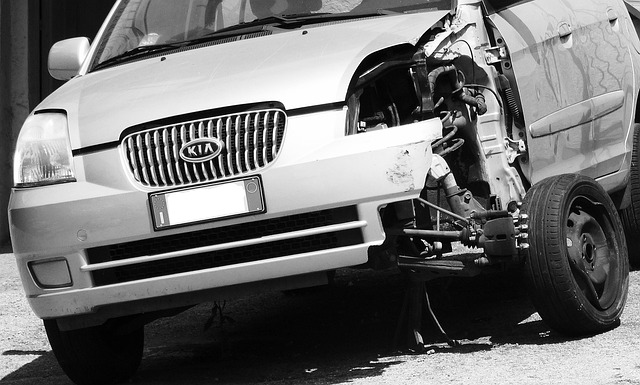
When undertaking induction heating repair in your shop, adhering to best practices is crucial for achieving high-quality results and ensuring safety. Begin by thoroughly inspecting the damaged area and understanding the extent of the car damage repair required. Utilise advanced diagnostic tools to pinpoint the source of the issue, as this guides your repair approach effectively. Next, ensure proper ventilation in your auto collision center workspace, especially when dealing with materials that may emit hazardous fumes during the repair process.
Among common pitfalls to avoid during induction heating repair are inadequate preparation and skipping important steps. Neglecting to clean and degrease the affected area can lead to subpar bonding and long-term car damage. Similarly, improper handling of heat sources and failure to follow manufacturer guidelines for specific materials can result in melting, warping, or other forms of vehicle restoration damage. Remember that patience is key; rushing through repairs increases the risk of errors, necessitating costly reworks at your auto collision center.
Induction heating repair is a valuable skill for any shop looking to enhance its metalworking capabilities. By understanding the basics, following a step-by-step guide, and adopting best practices, you can successfully incorporate induction heating repair into your workflow. Remember, avoiding common pitfalls will ensure precise results. With this knowledge in hand, your shop is well-equipped to handle various induction heating issues, making it a true game-changer for metal fabrication.

